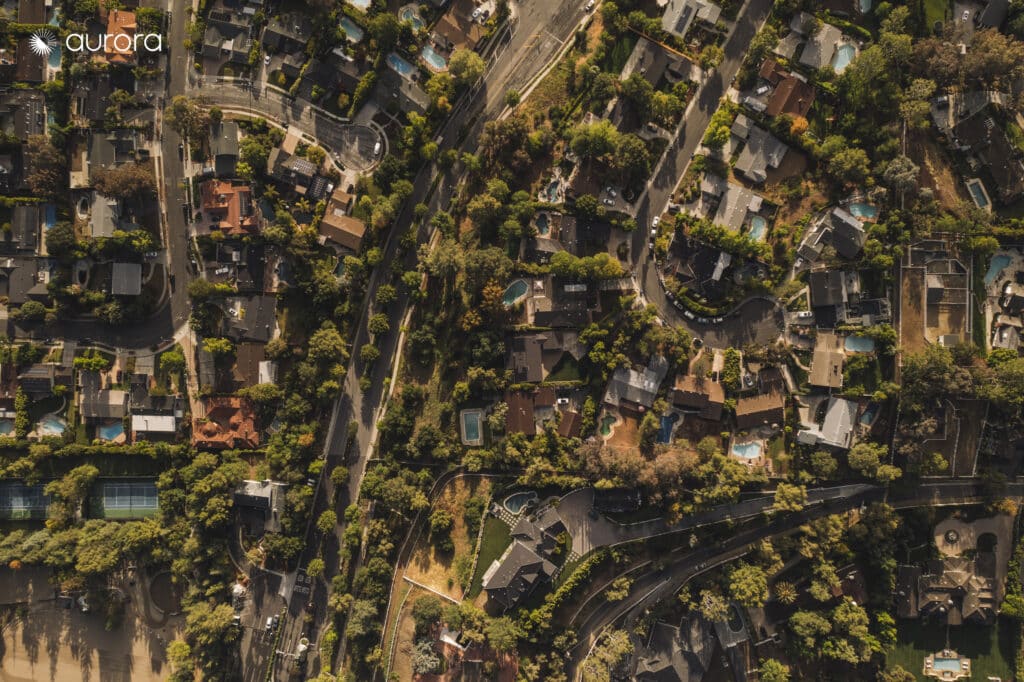Our Design Process with LIDAR
For the most accurate designs, Kasselman Solar uses Aurora Solar. Aurora is a software that utilizes LIDAR (Light Detection and Ranging) technology to more affordably design solar panel systems on residential homes using only an address and an electric bill.
Thanks to LIDAR’s cutting-edge technology, it has never been easier to engineer highly accurate designs and proposals for every customer.
Light Detection and Ranging
If you haven’t heard of LIDAR, you’ve definitely heard of two things it’s used for: self-driving cars and the Mars Rover!
LIDAR, short for light detection and ranging, was first used by NASA in the 1960’s for research purposes. Now, over a half a century later, it is taking the solar industry by storm. LIDAR scanners emit pulses of light energy using a laser at buildings and other objects in an area to measure how long it takes for the pulse to return.
Generally, LIDAR scanners are attached to a plane with a GPS to measure the elevation, latitude, and longitude of the area being examined to calculate measurements for objects in that area (buildings, trees, stoplights, etc).

What are some benefits of LIDAR?

LIDAR models can be used to calculate building heights, roof slopes, and tree heights – all of which are critical information when designing solar panel systems. It is the most accurate measurement scanner in the industry by far, so you can rest assured that your system design will be highly accurate.
Since LIDAR uses a scanner to collect measurements, designing a solar panel system becomes much more efficient because the designers do not need to visit the site to collect measurements. In addition, Aurora Solar is super interactive, even creating proposals through both hard copies and PDF versions to appeal to customers of all ages.
LIDAR benefits the solar industry and other industries through its pinpoint precision and accuracy. Especially with solar, measurements of building heights, roof slopes, tree heights, and more need to be exact. If any of these measurements are inaccurate, it can throw off the entire design and negatively impact the efficiency of the solar panel’s production. Luckily, LIDAR is used for its accuracy, and we do not anticipate the technology going anywhere anytime soon.


Latest Blog Posts

5 Solar Myths That Might Be Holding You Back From Savings
Solar energy is one of the most promising and sustainable sources of renewable energy in the world. However, there are still many myths and misconceptions around solar panels that prevent some people from fully embracing

Act Now: 30% Federal Solar Tax Credit Ending Dec 31, 2025
On July 4th, 2025, the One Big Beautiful Bill was signed into law – bringing with it sweeping changes to clean energy incentives, including a major shift for residential solar. Most important to solar, the

Why Businesses Keep Going Solar: The Financial & Environmental Benefits
Solar adoption by businesses has been growing rapidly, especially in the last decade. Savings are the driving factor for many businesses going solar, however it can be a great investment for a variety of reasons.

